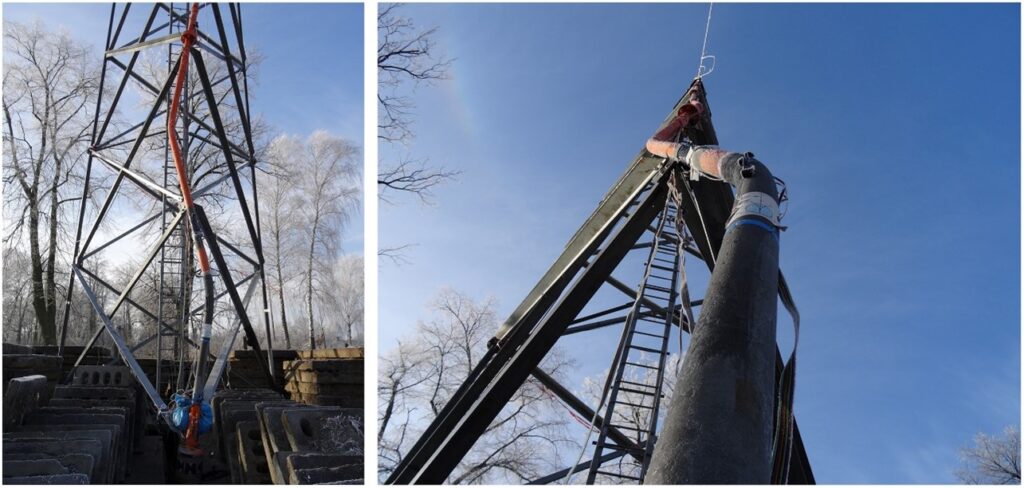To remain competitive in the changing business landscape, Telecoms structural engineering firms recognise the value of incorporating software engineers into their teams. Here, we explore some advantages of this approach, examining how software engineers can enhance the effectiveness of structural engineering teams.
- Automation of repetitious tasks for structural design: In Telecoms, different structure types come with varying number of configurations for their design that trying to keep track with them manually can be strenuous for structural engineers. With software engineers in the team, managing these configurations can be automated with software to aid in increasing the user’s productivity.
- Design of bespoke in-house software; technical and non-technical: While the main line of business may be building engineering models, having personnel on hand to build in house applications for tasks like those administrative in nature, or even technical ones like in design results report formatting tools can be advantageous to the firm.
- Working on cutting edge future technology to make the business ready to take advantage: Research and development of new technology can be more efficient when structural and software engineers are working in the same team. An example of this is the development of technology that uses LiDAR drones for modelling and analysis of structures. Software engineers working on the project can write programs on reconstruction of 3D models of structures from the drones, while Structural engineers in the team can aid in discarding outliers in generated models through their knowledge of what dimensions a structure of that nature can have realistically.
In summary, this interdisciplinary approach makes it easier to meet growing demands for reliable network infrastructure. At KA Engineering Group, our expert team does not just build precise models of engineering configurations, we partner with our clients in highlighting findings and providing detailed analysis reports. Contact us at: info@ka-engroup.com to learn more and discuss how we can best serve your needs.






